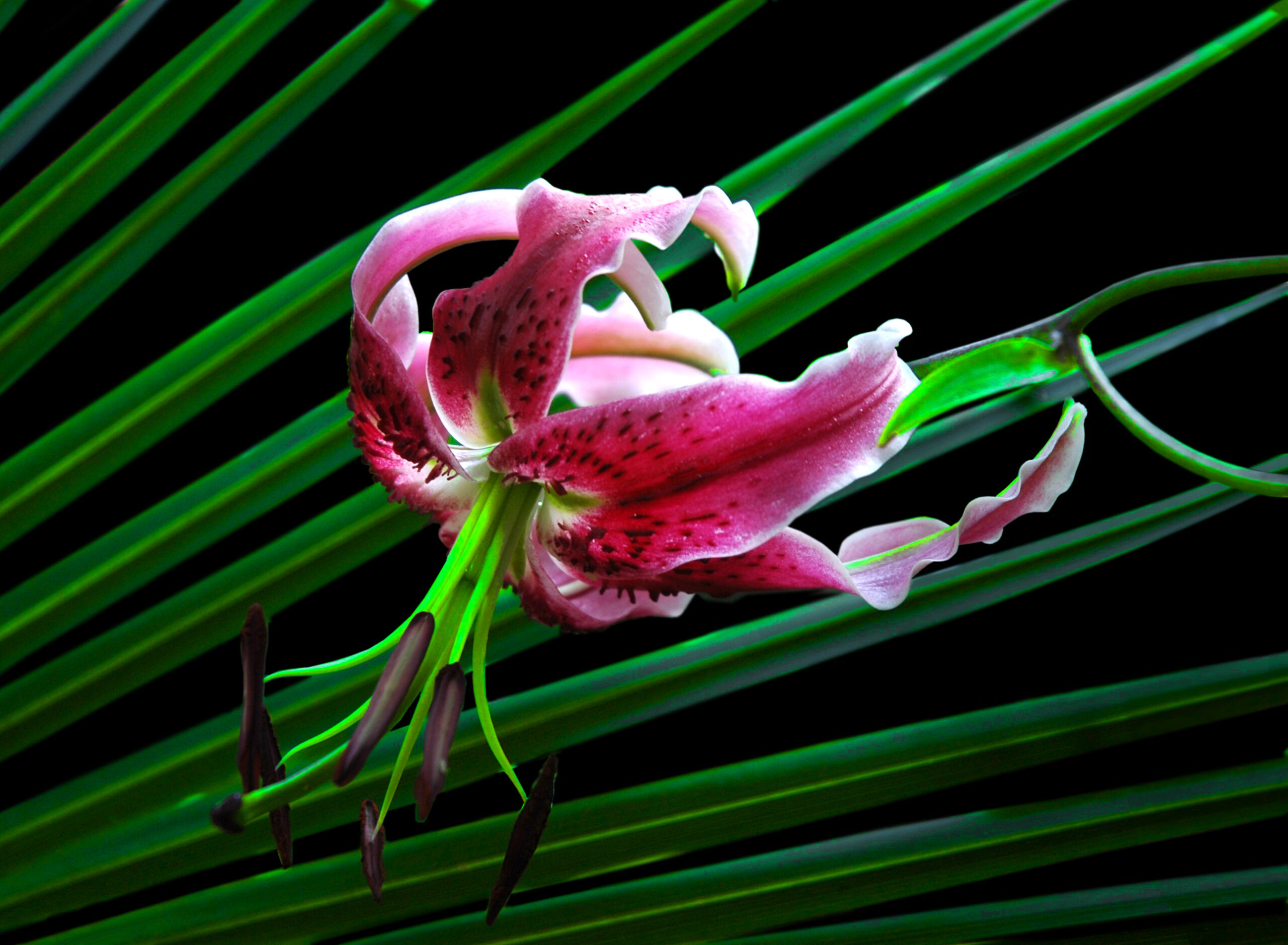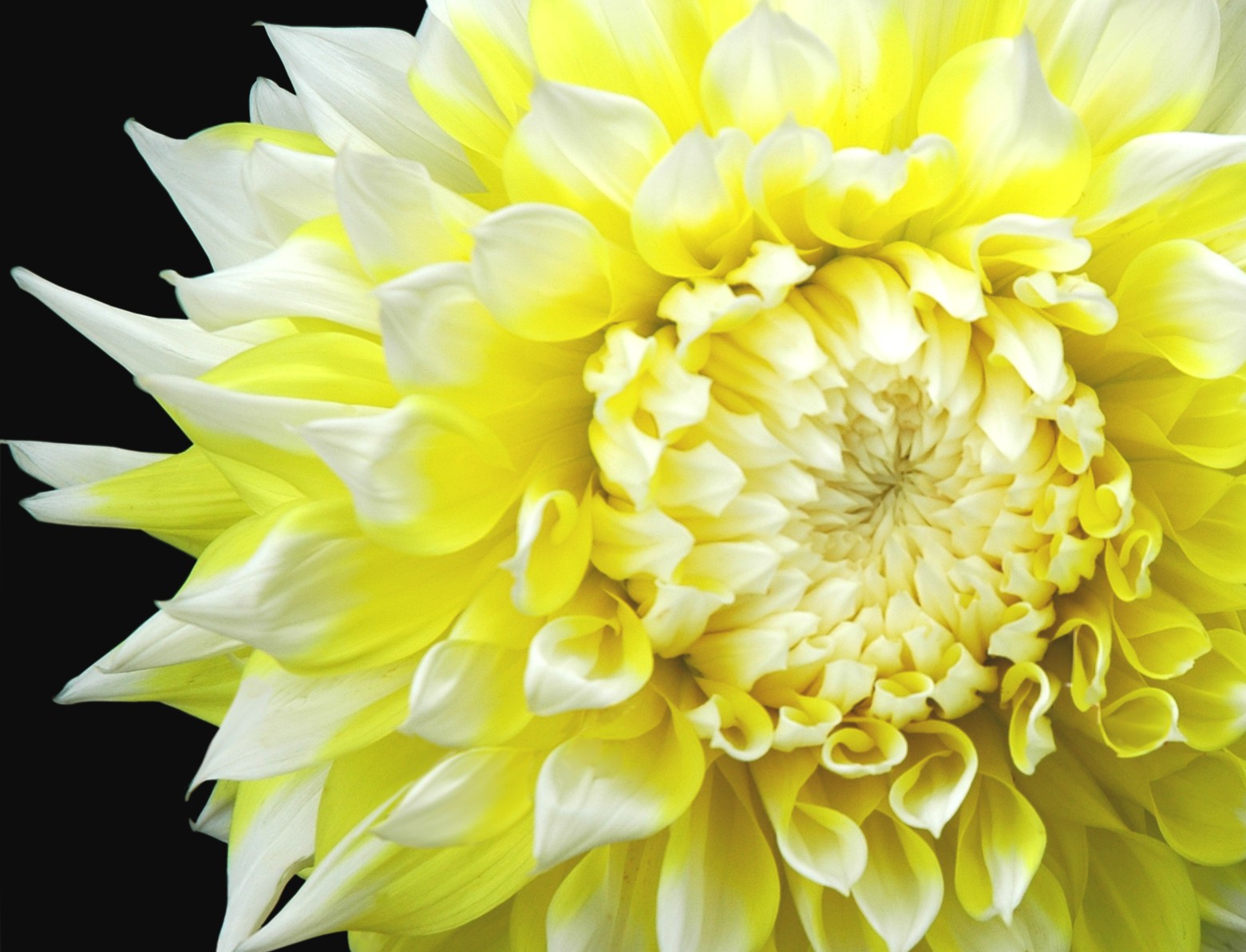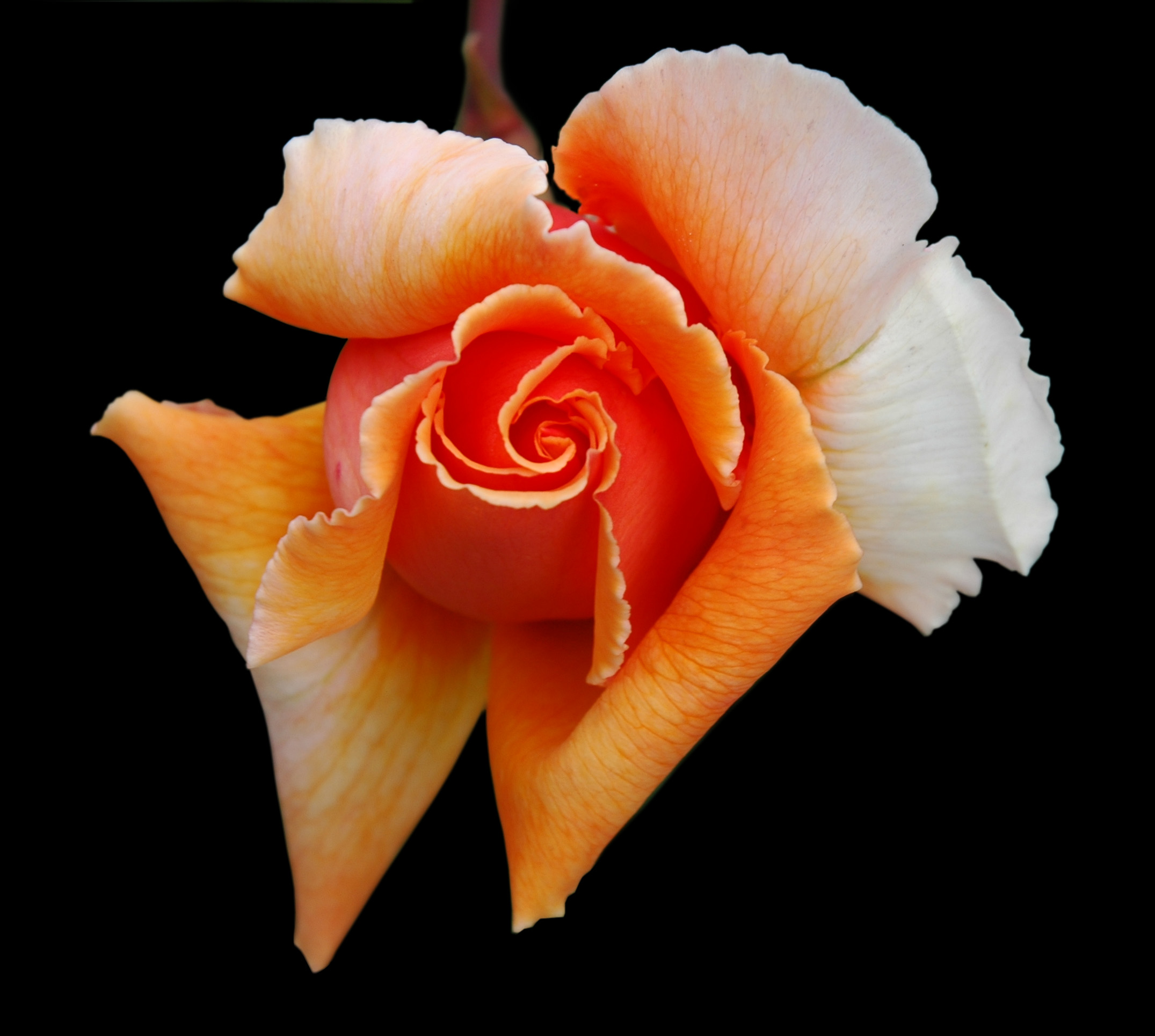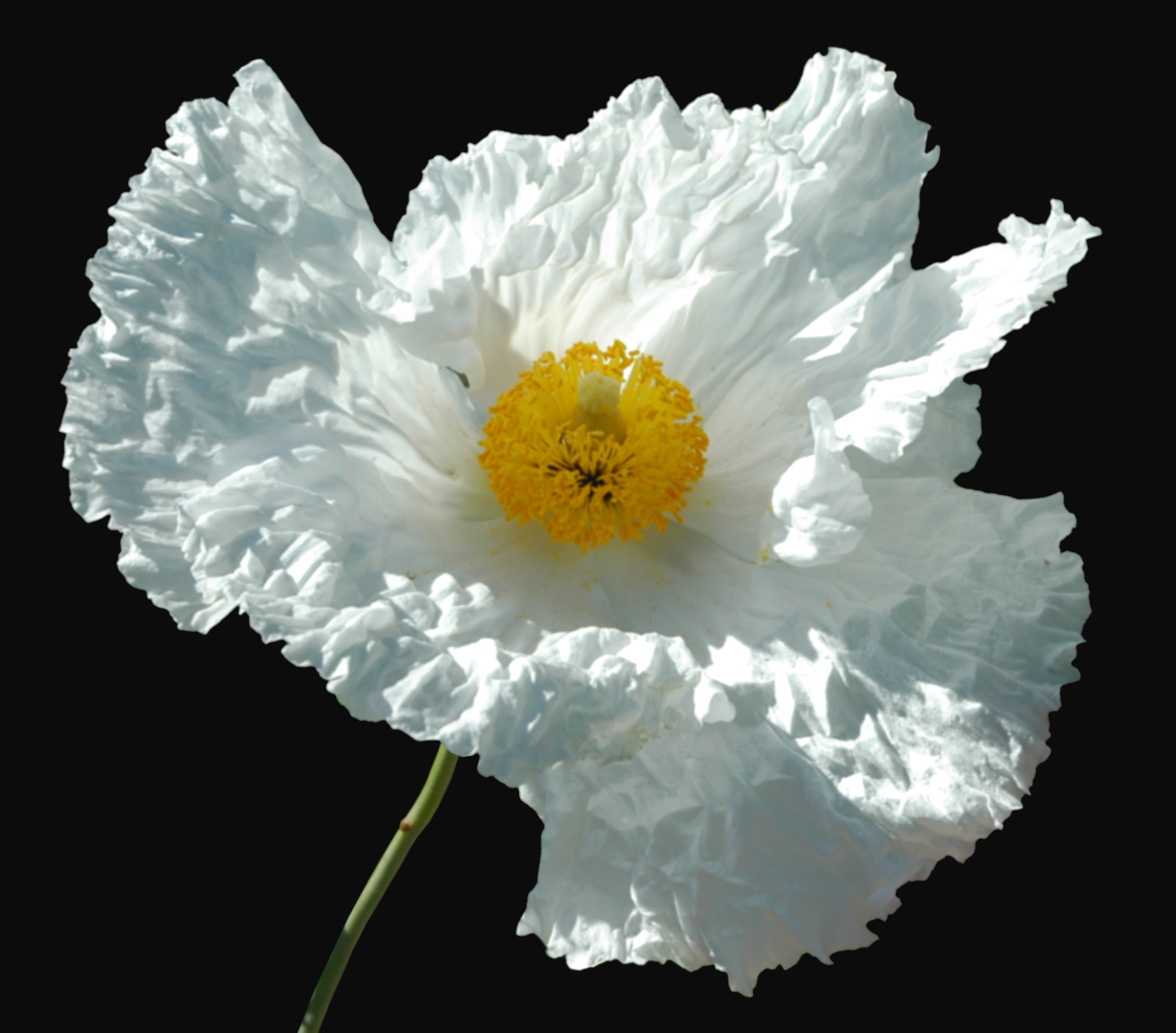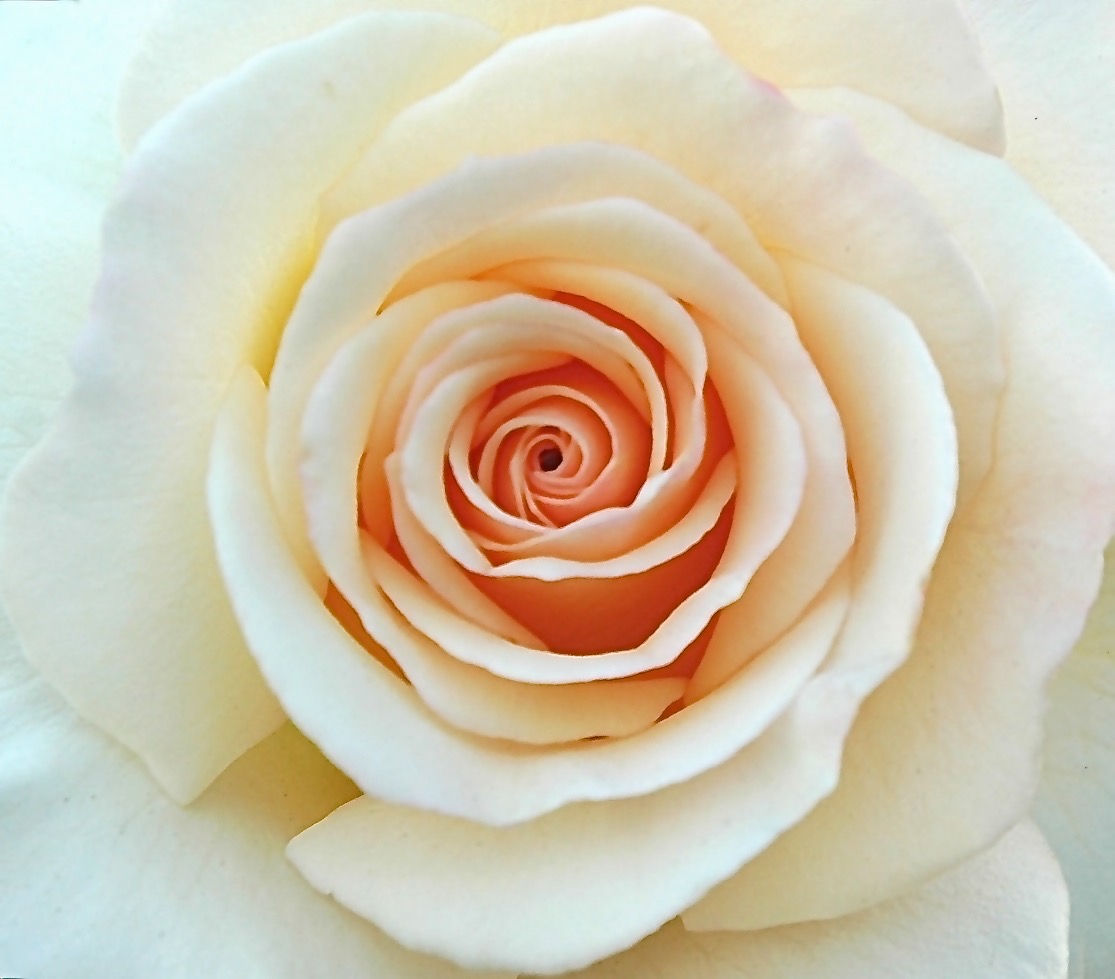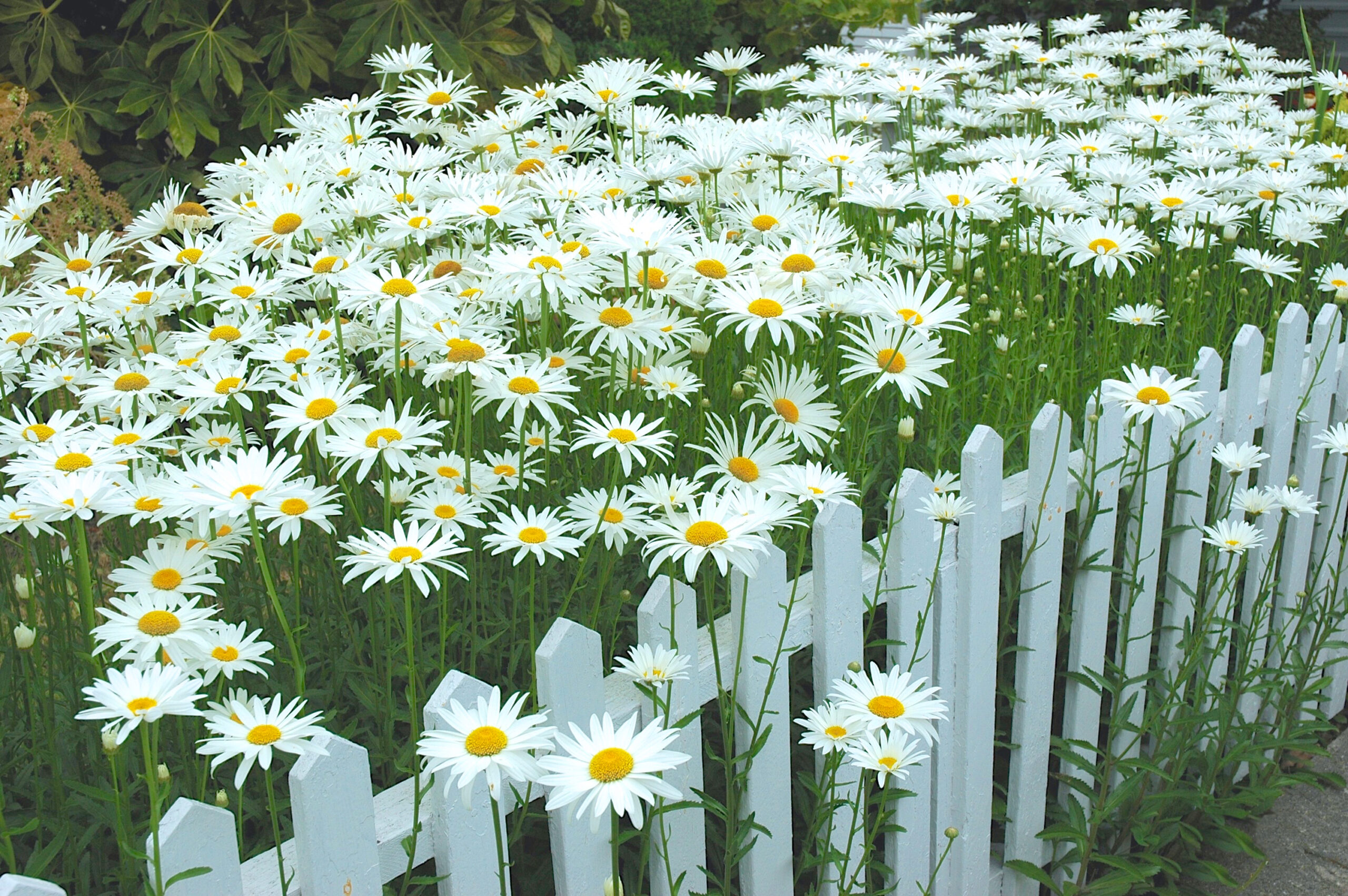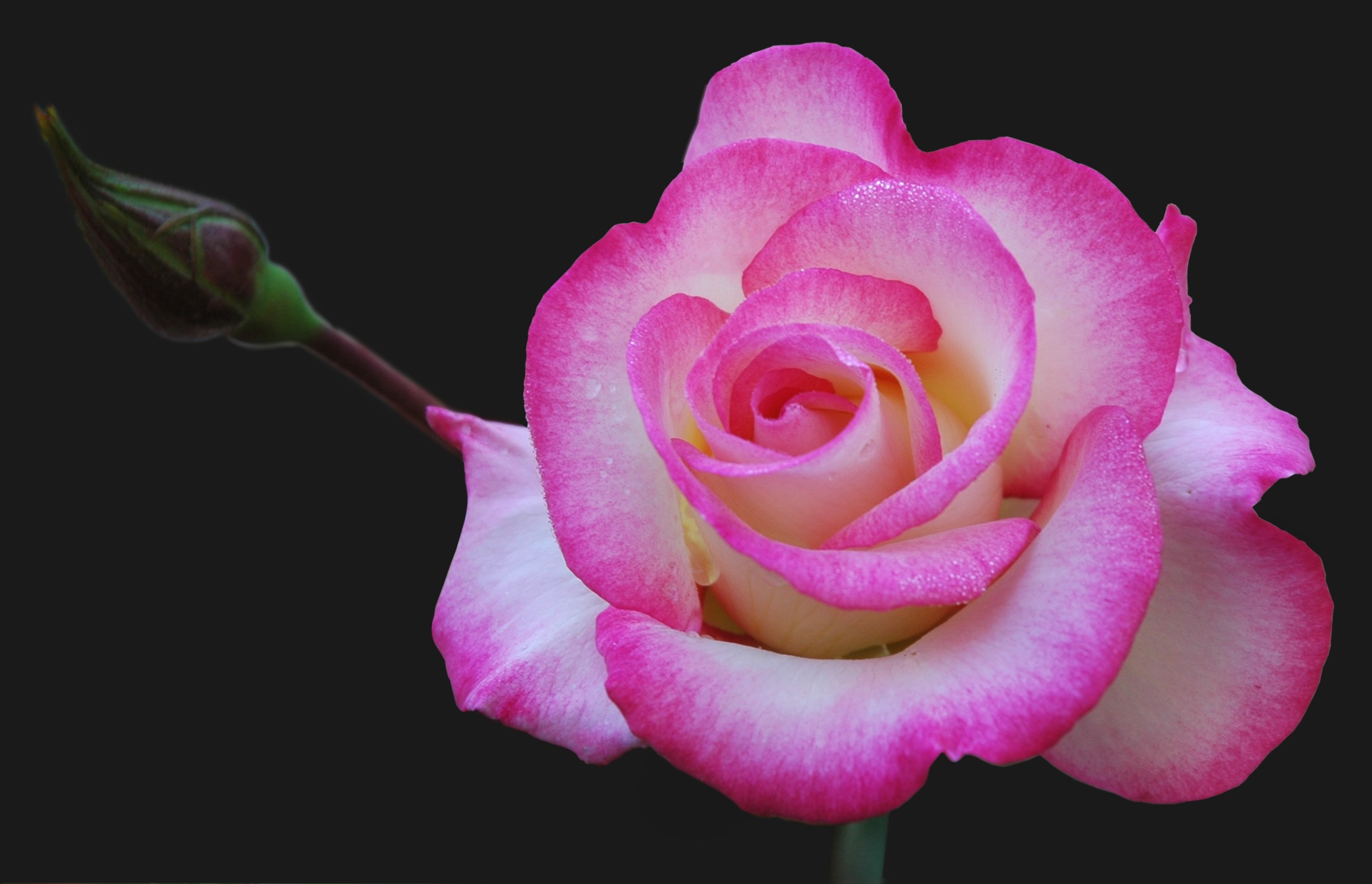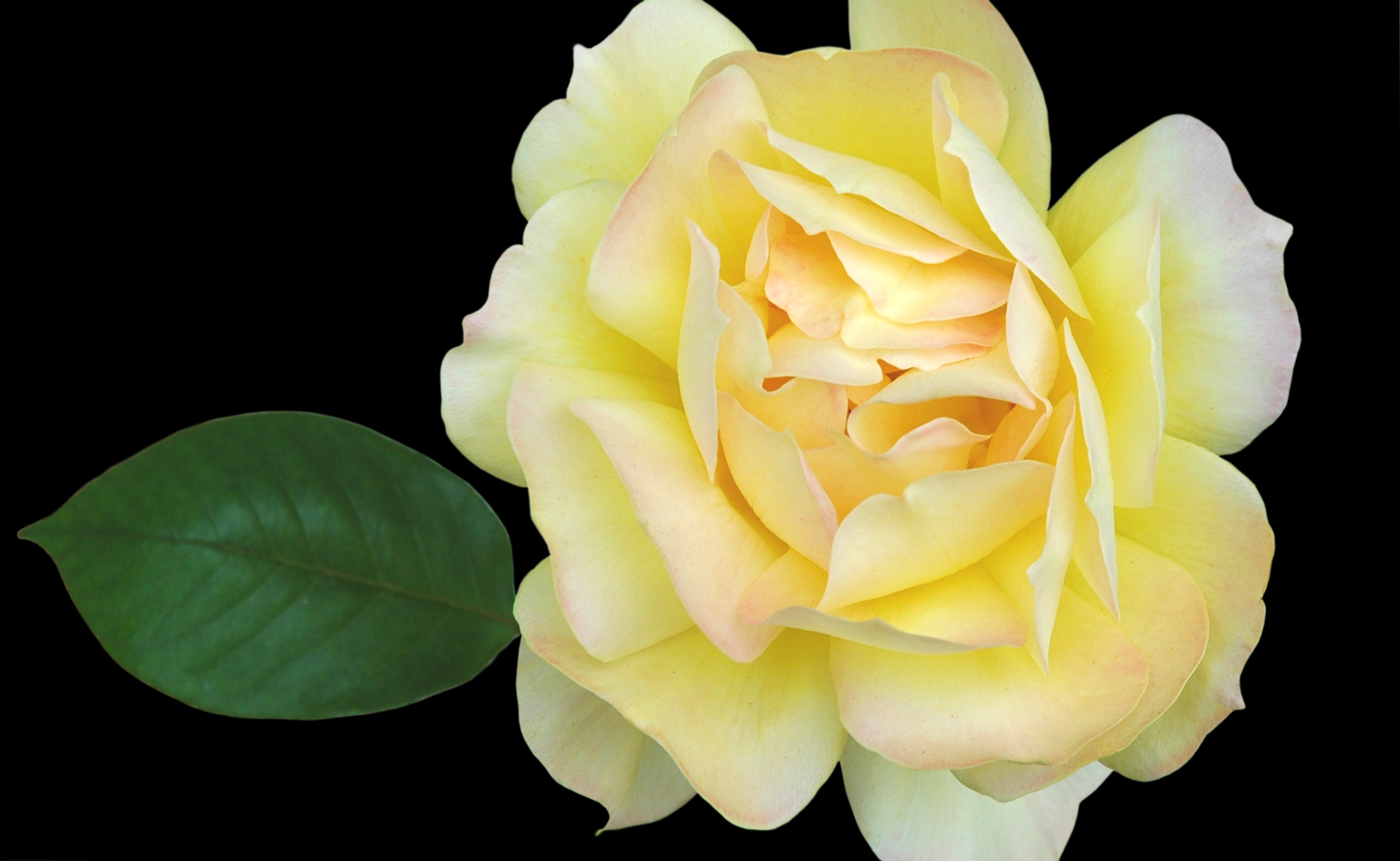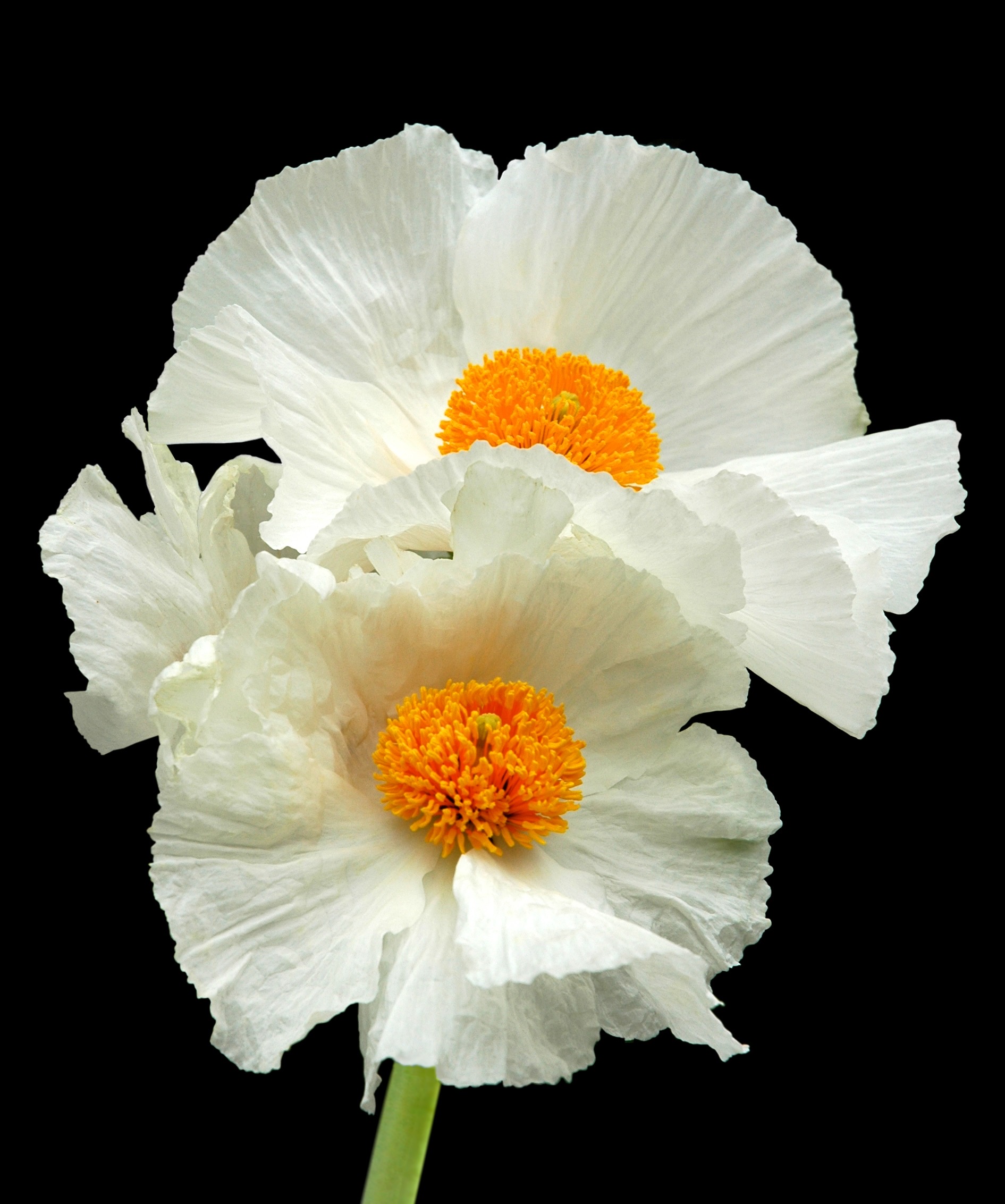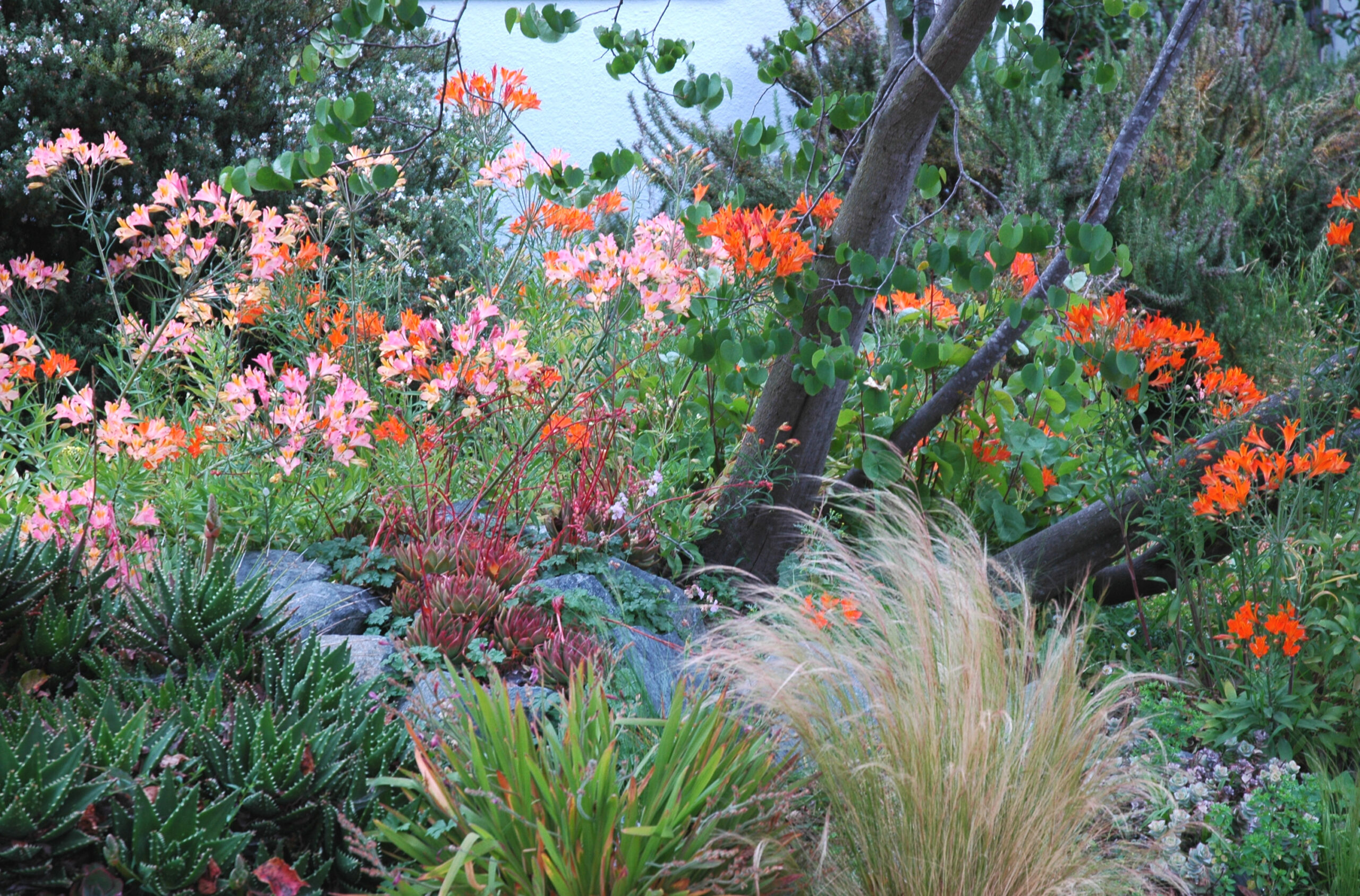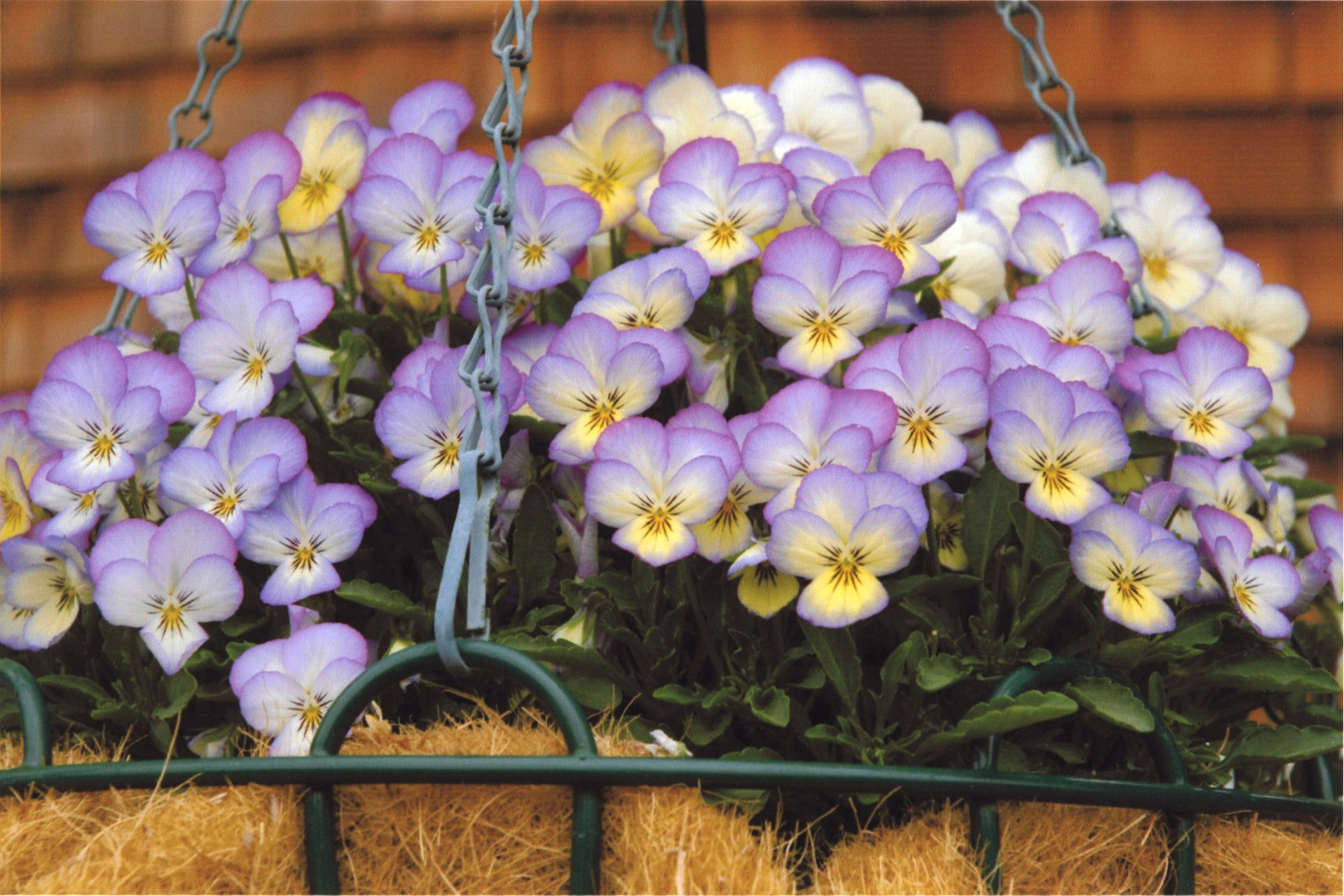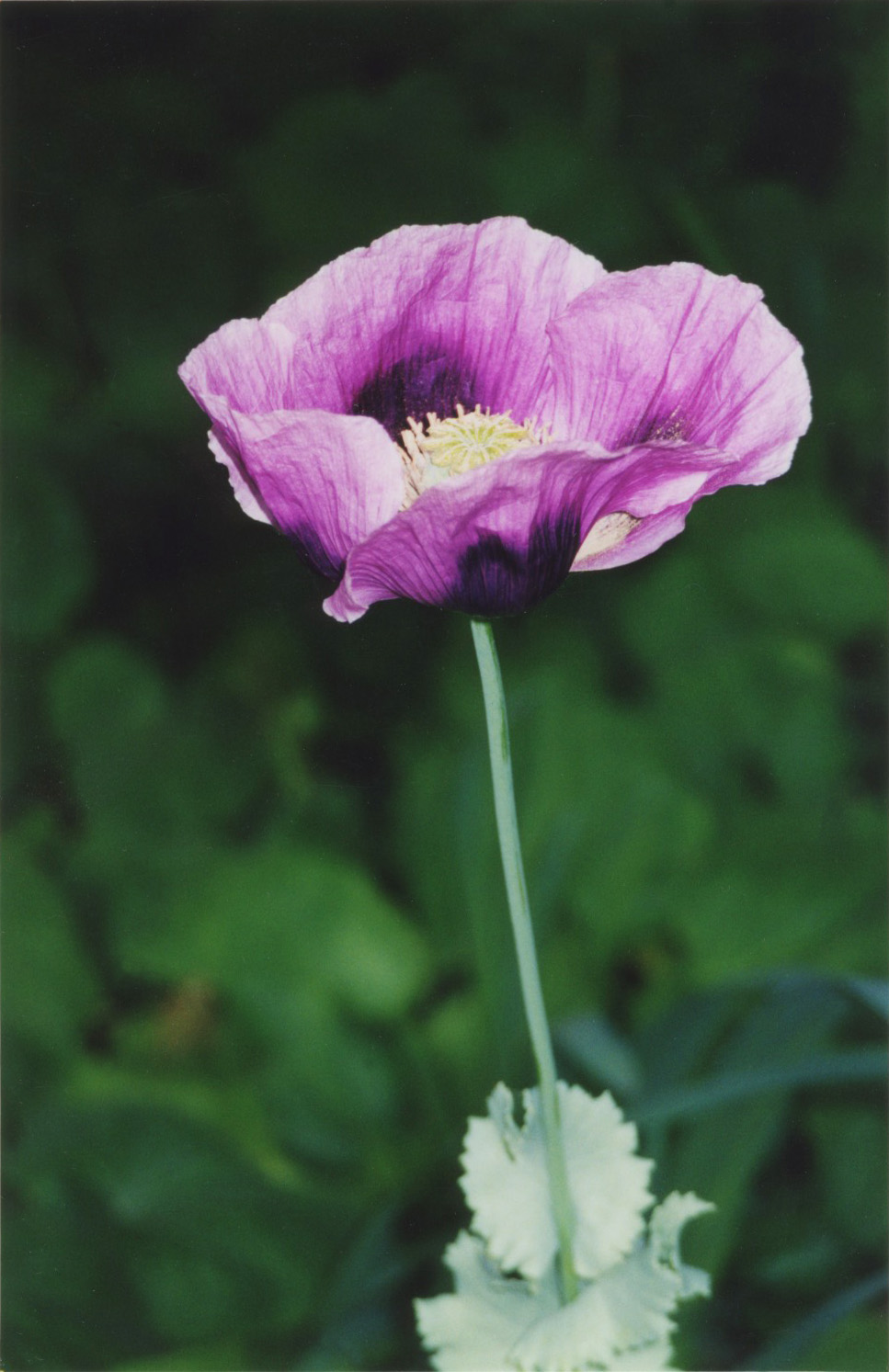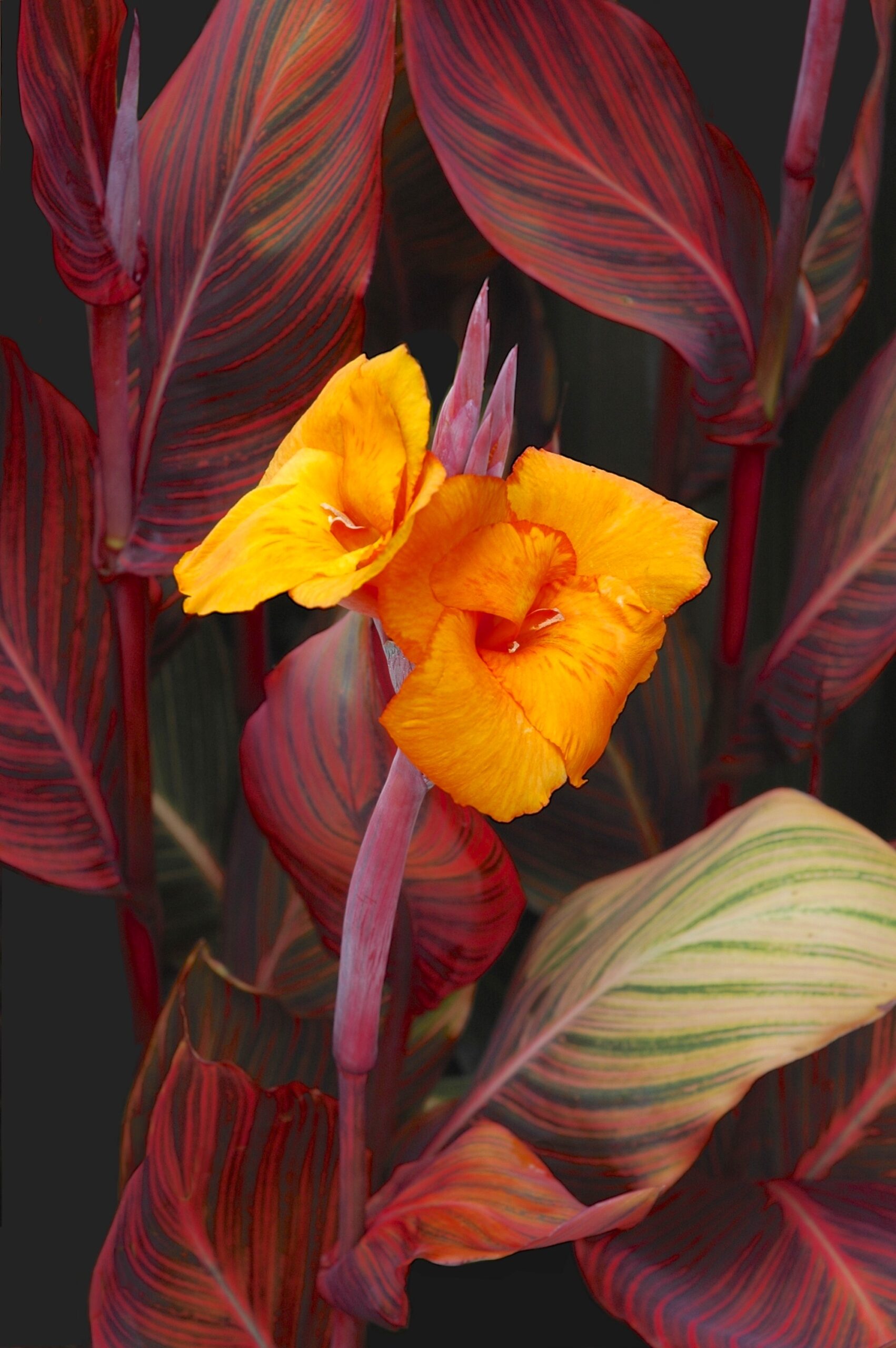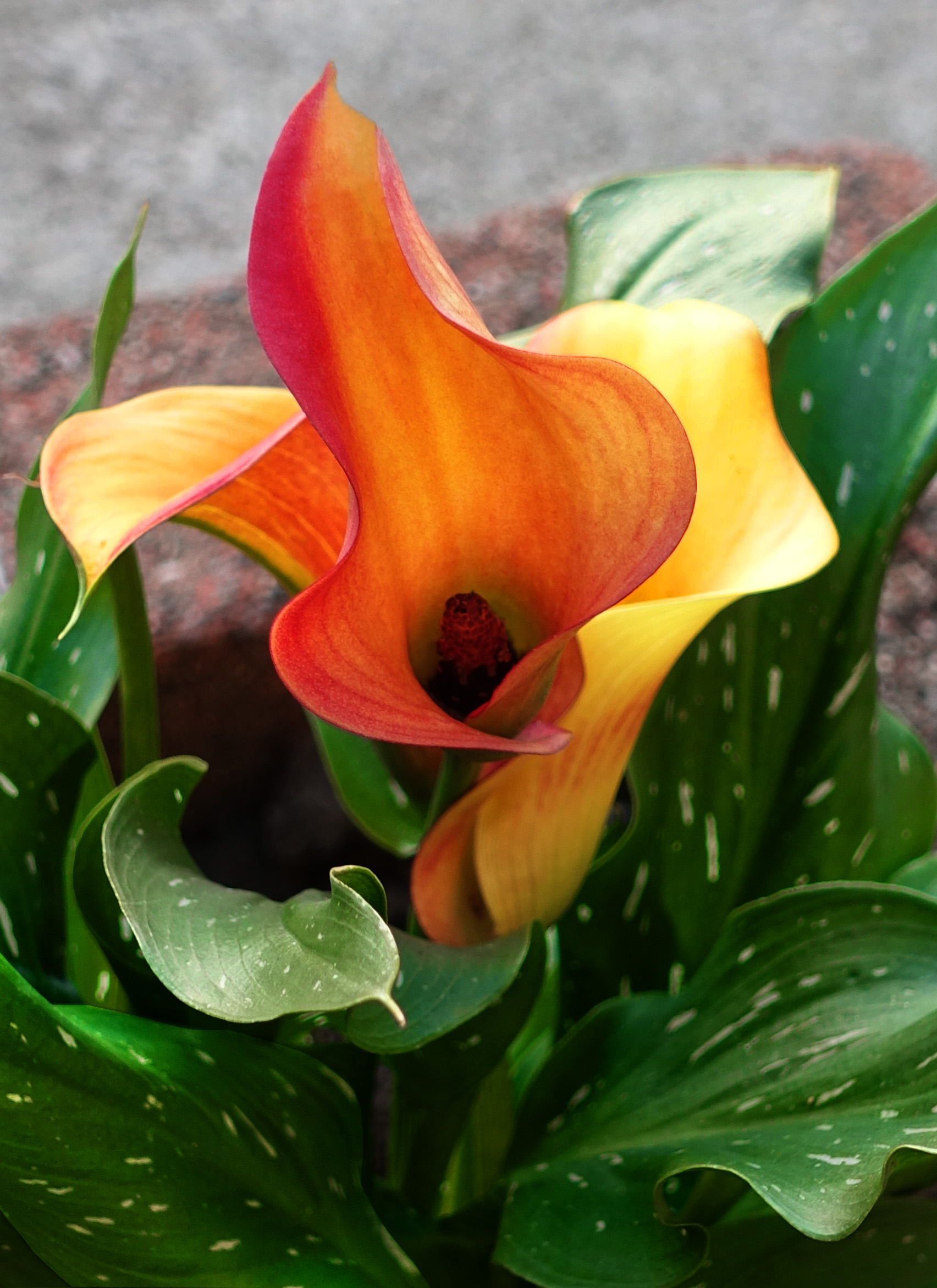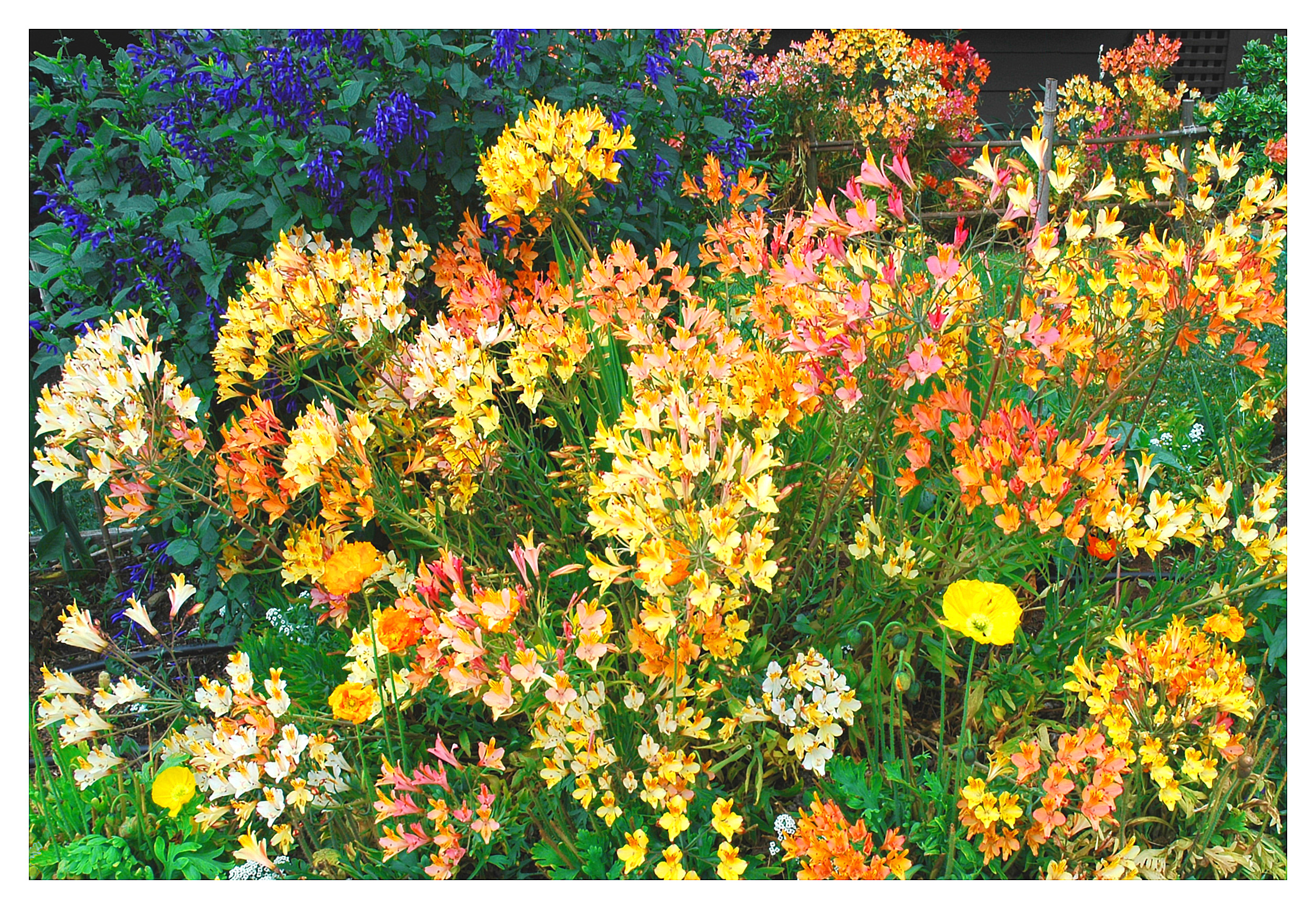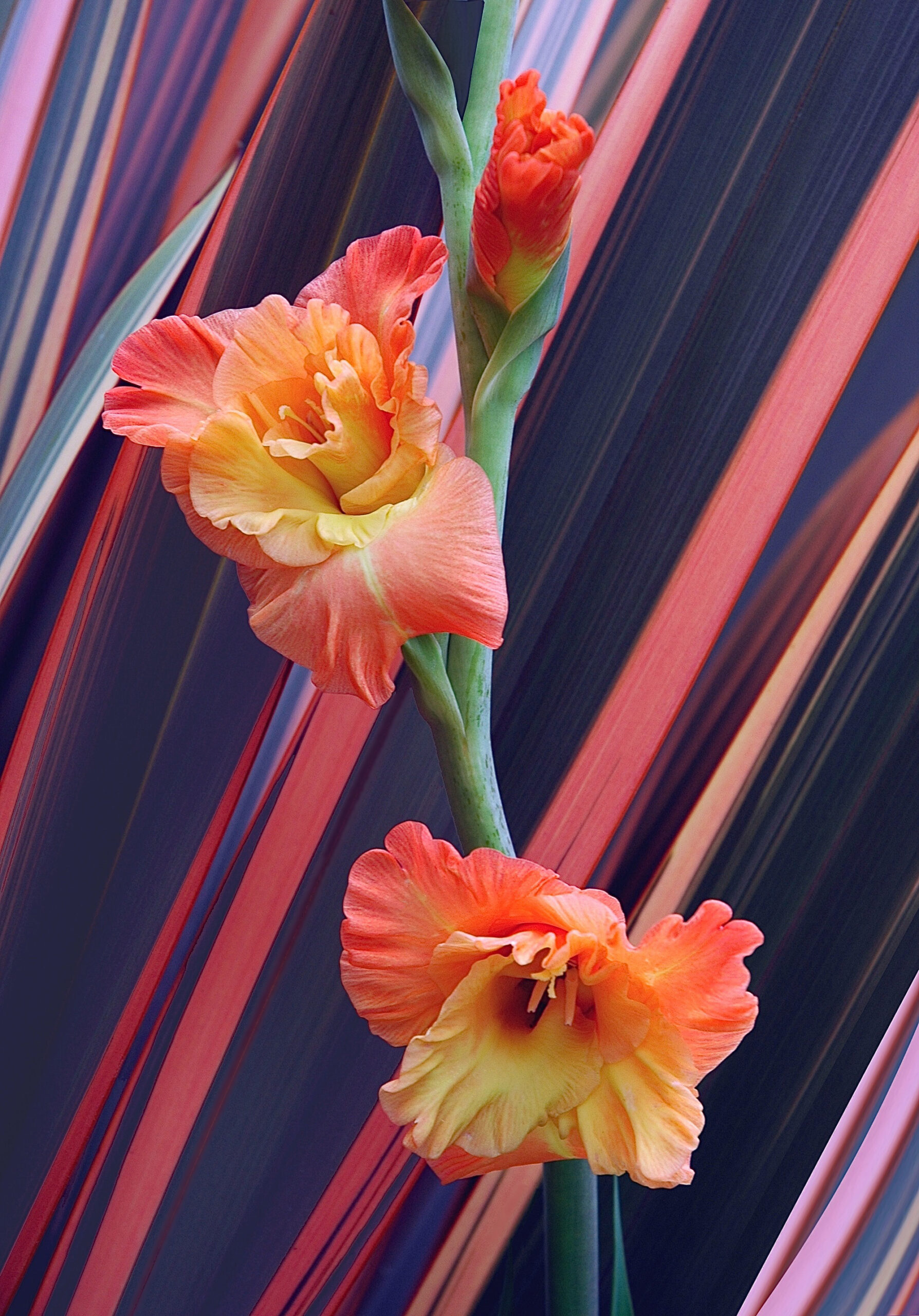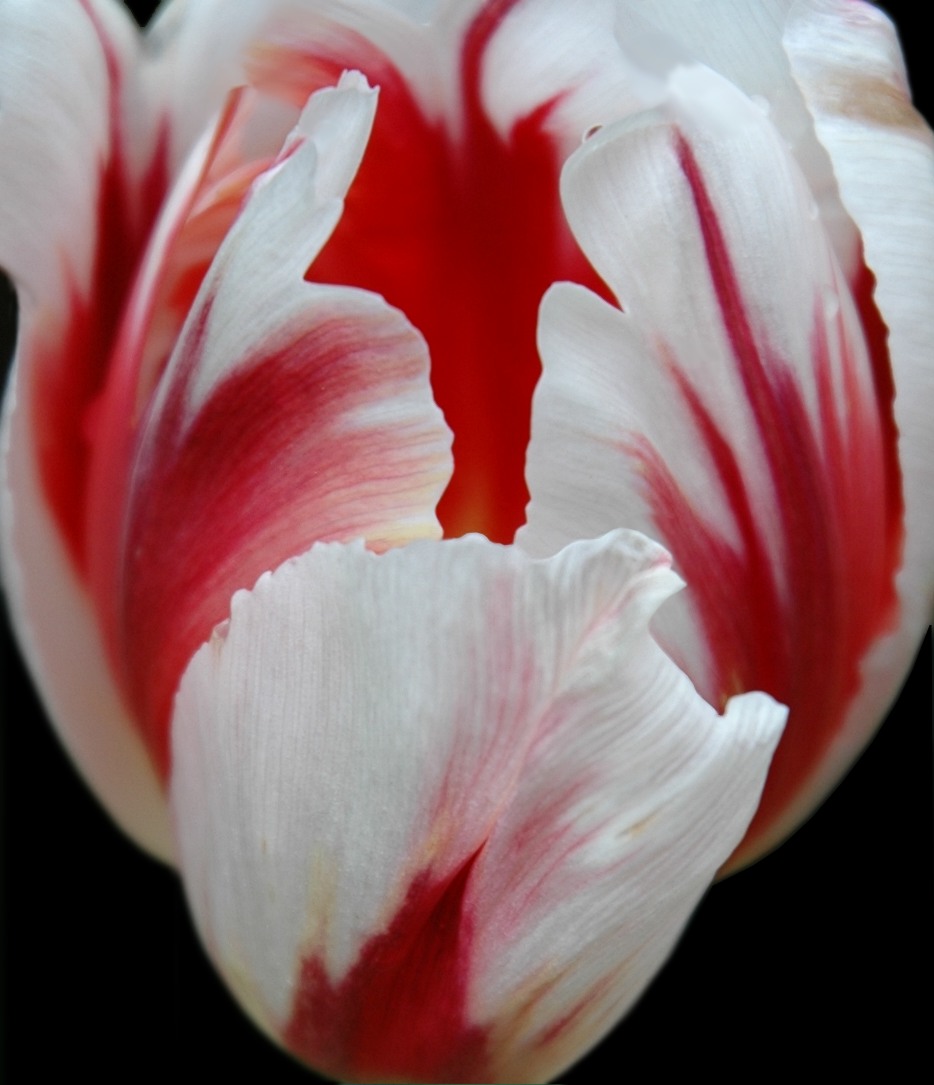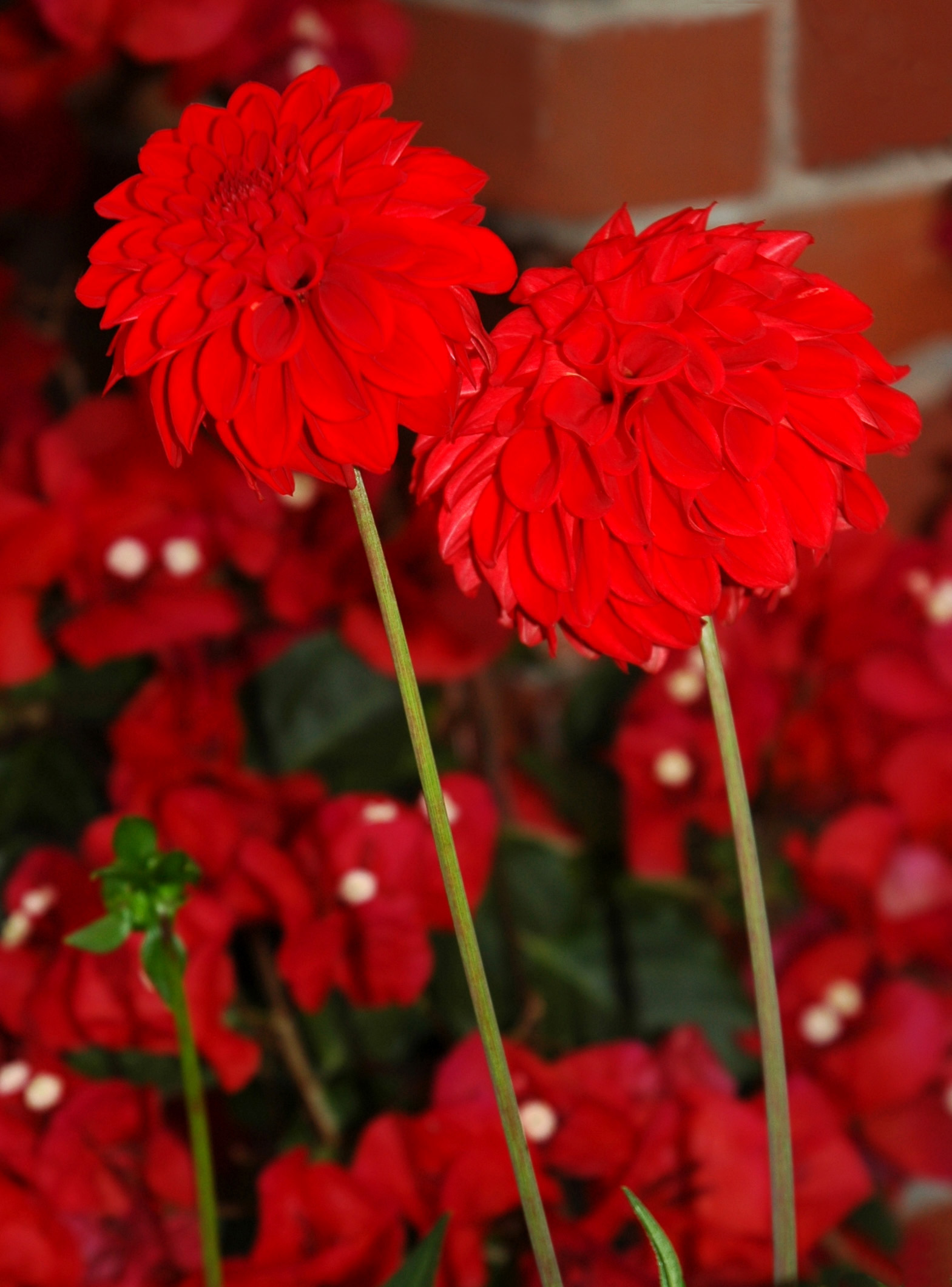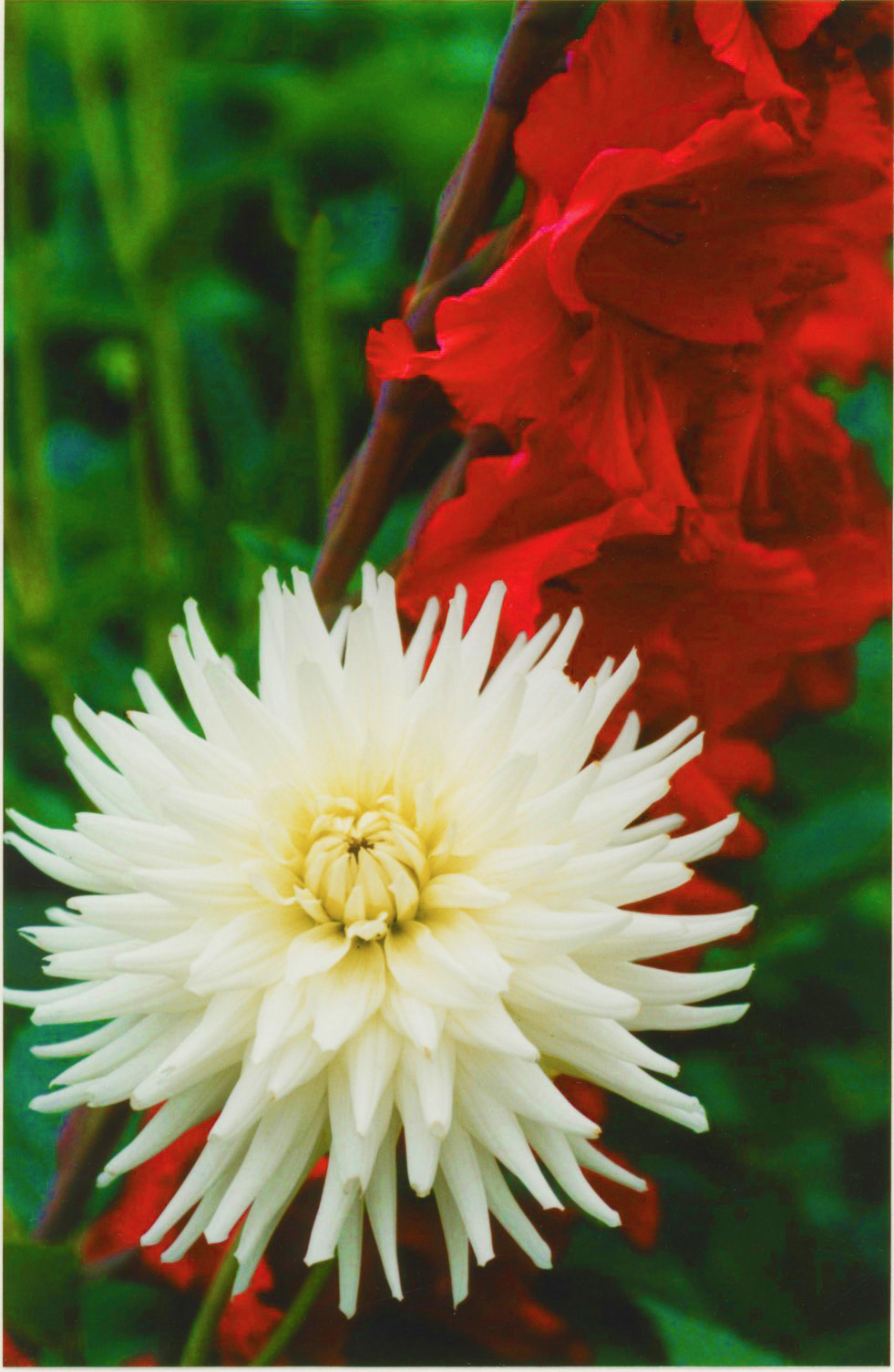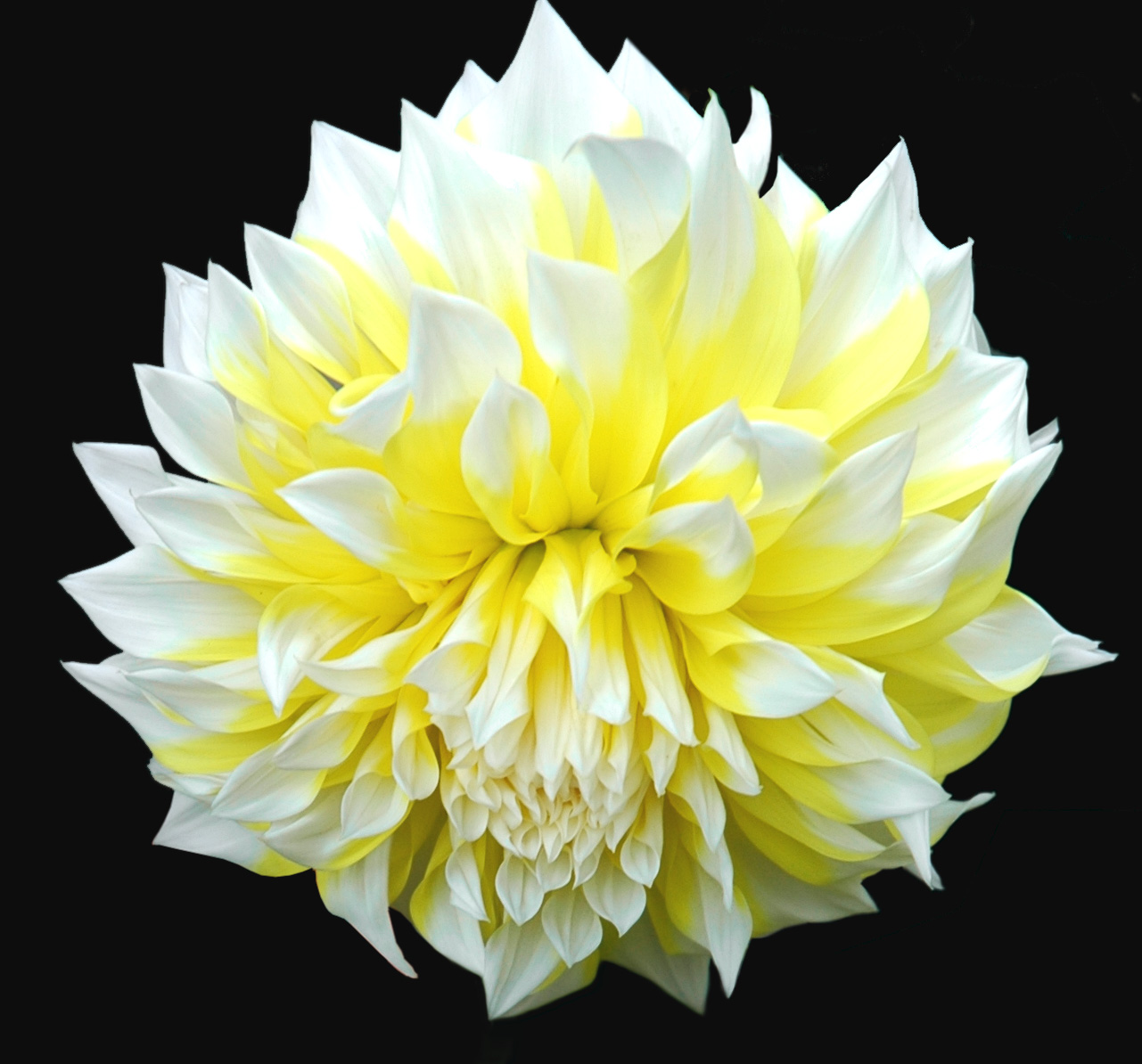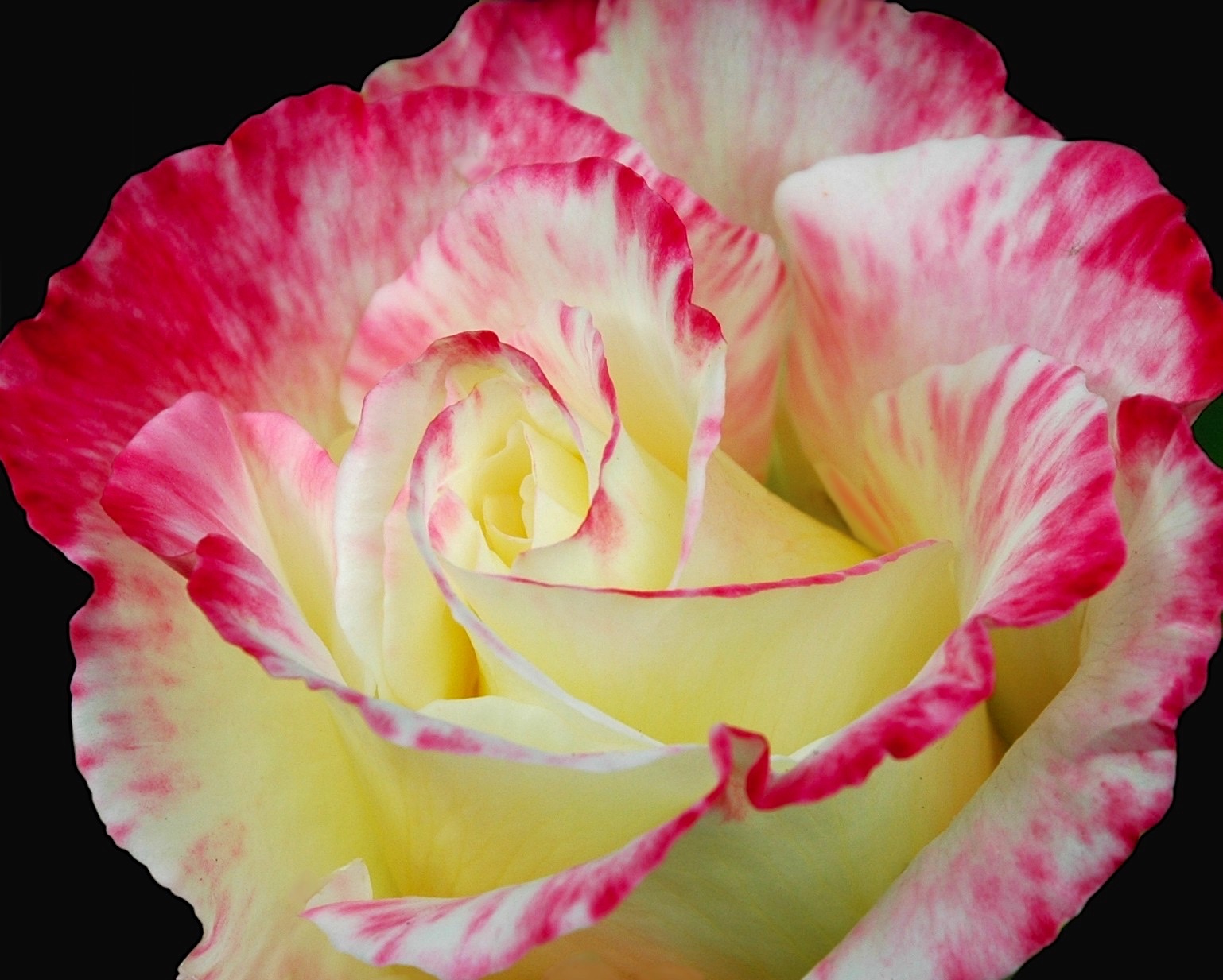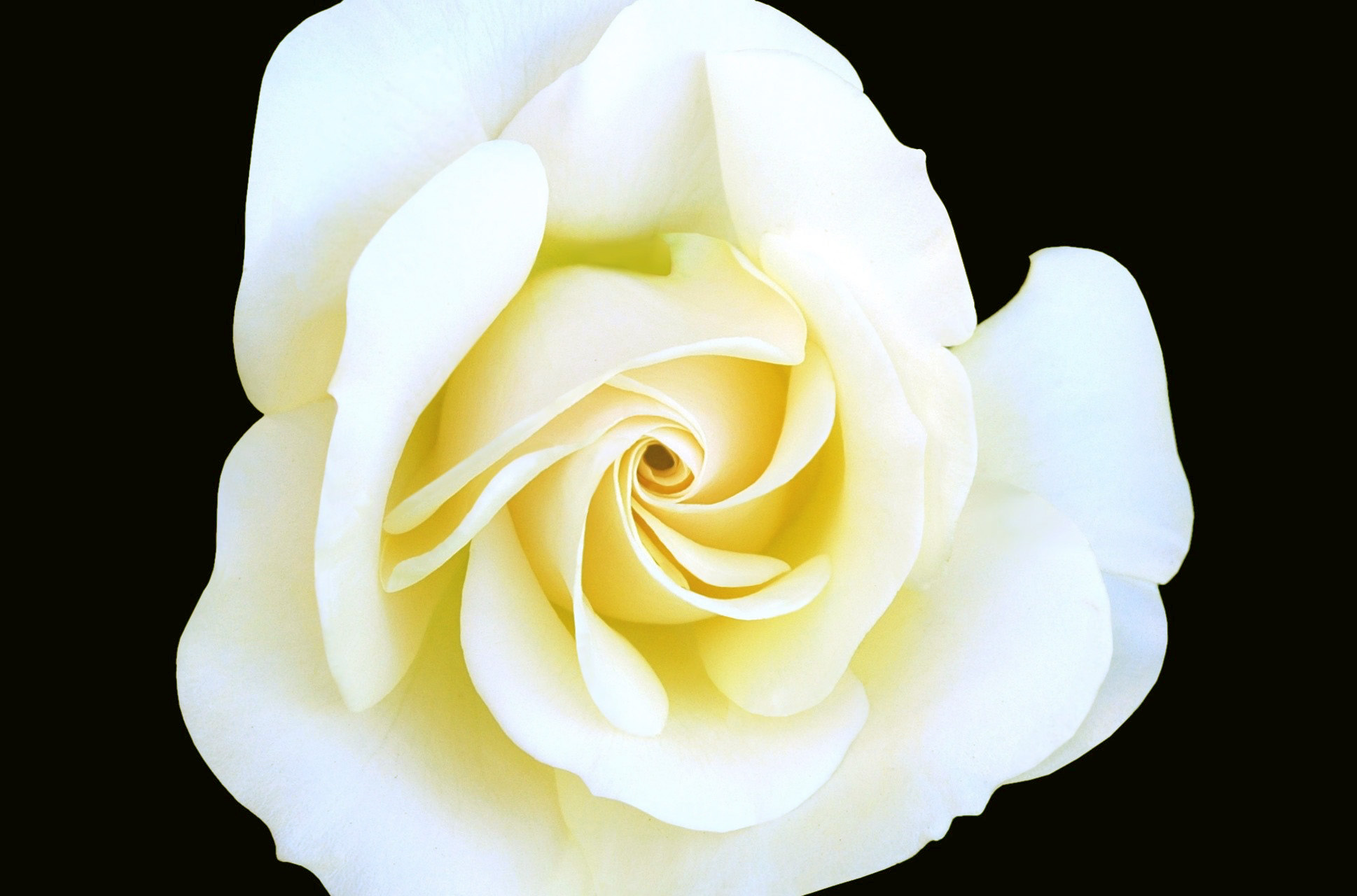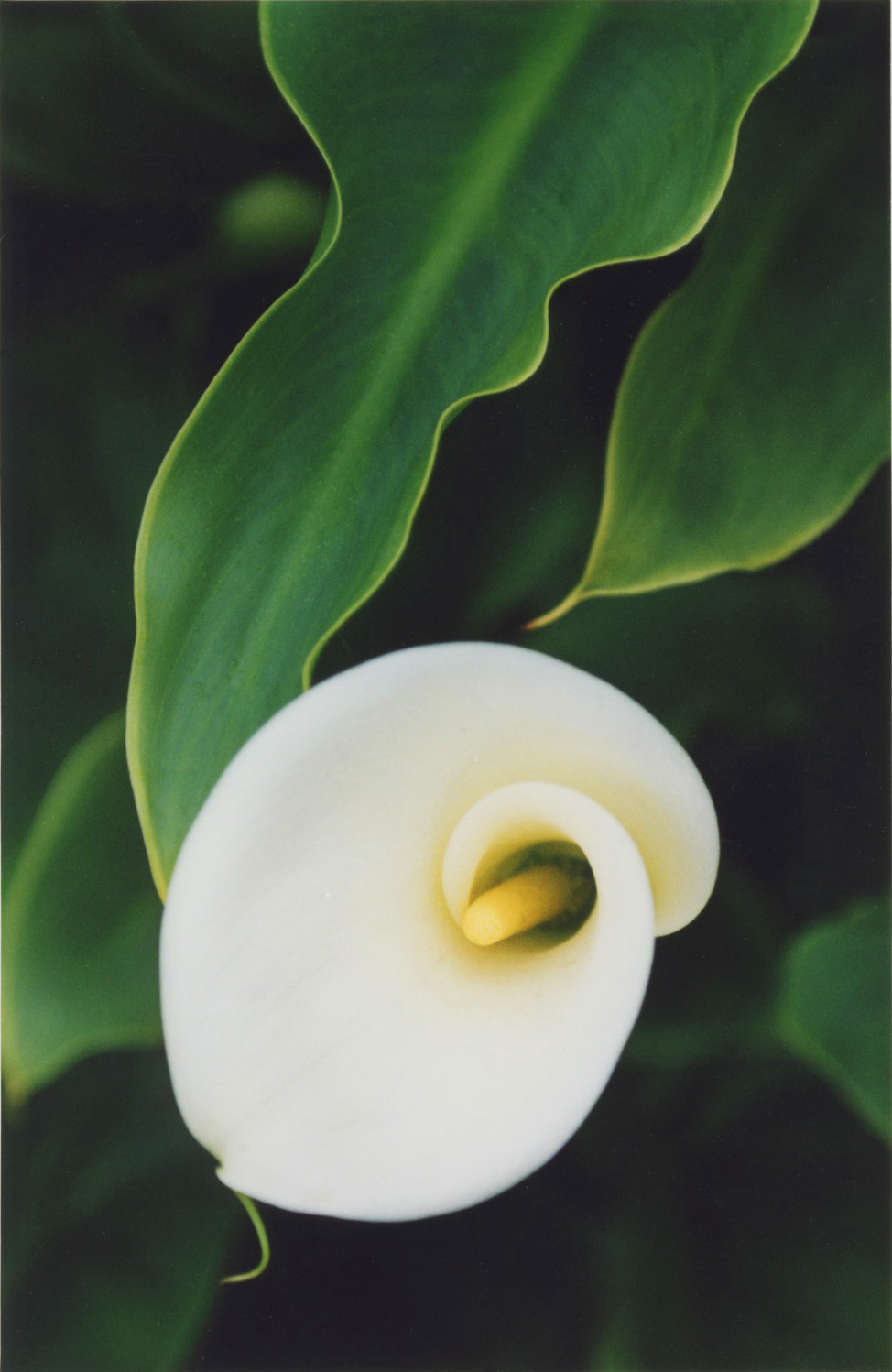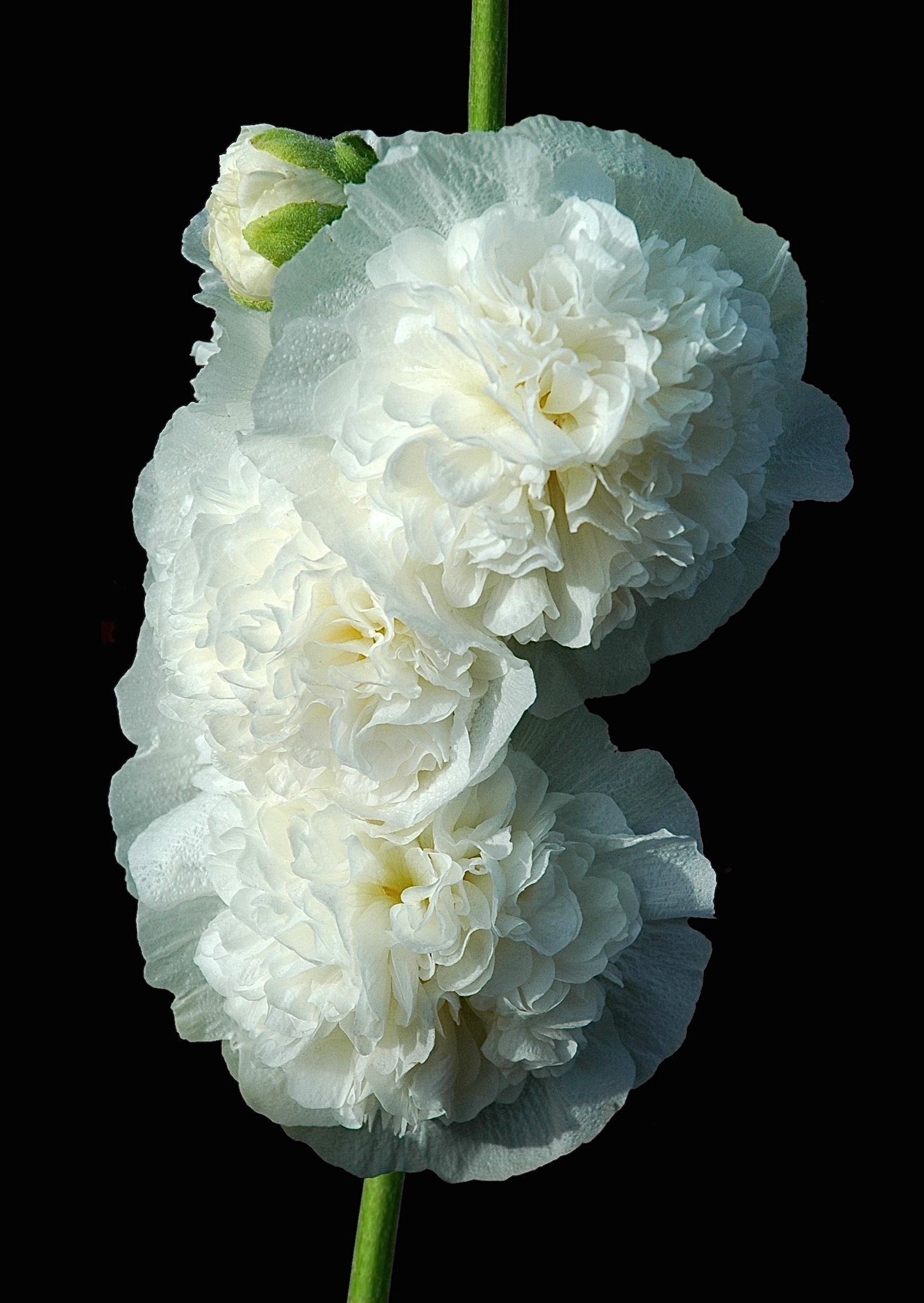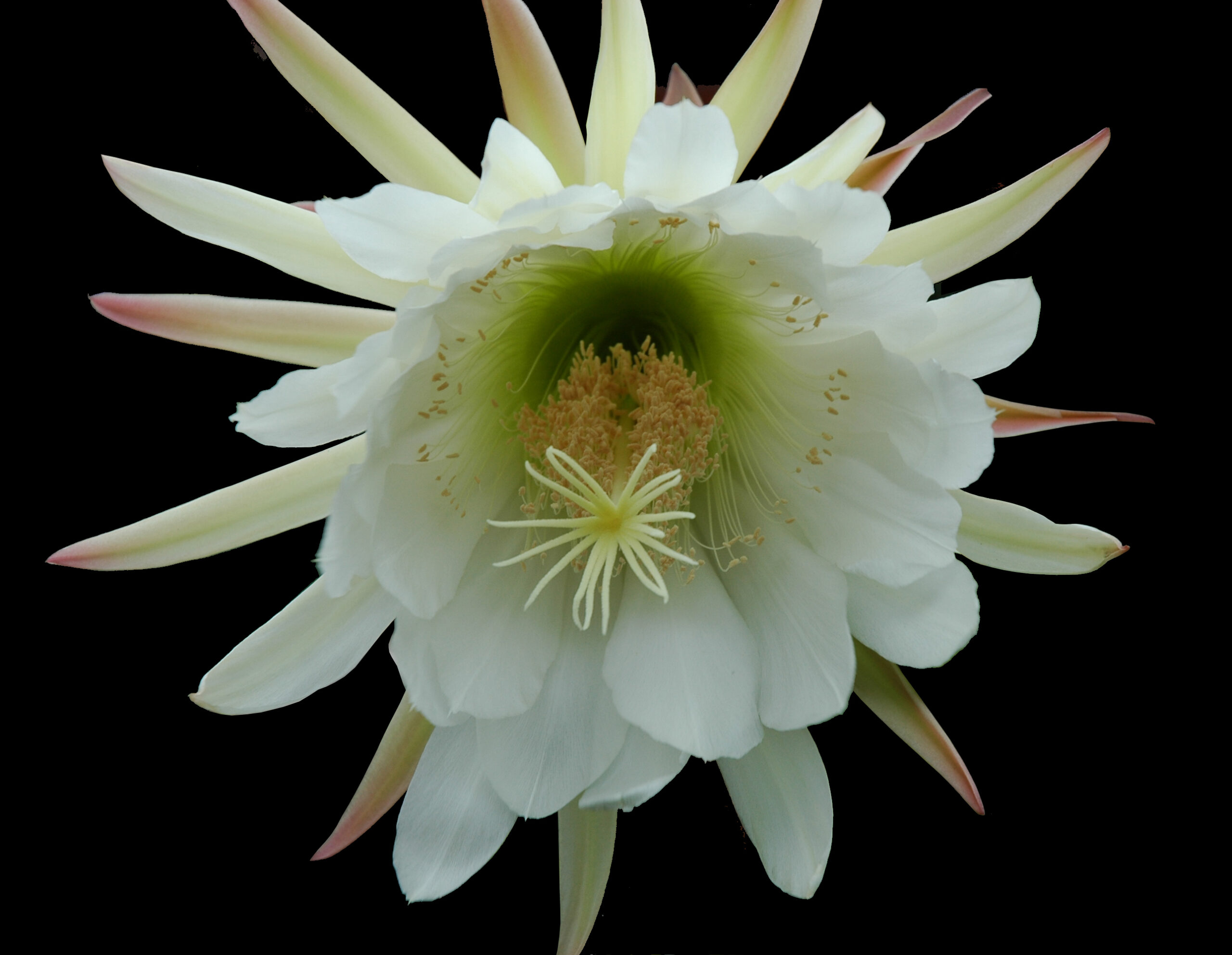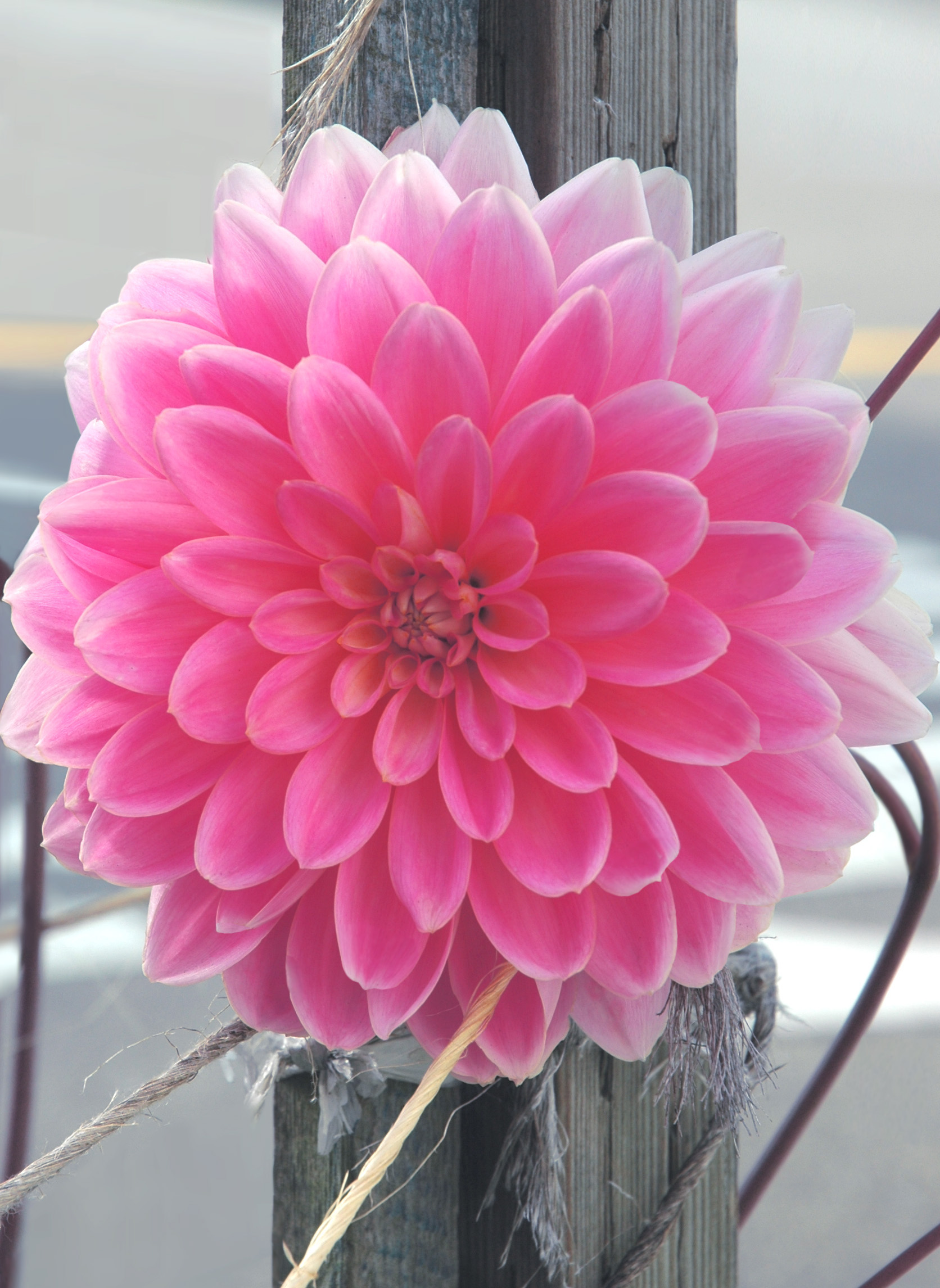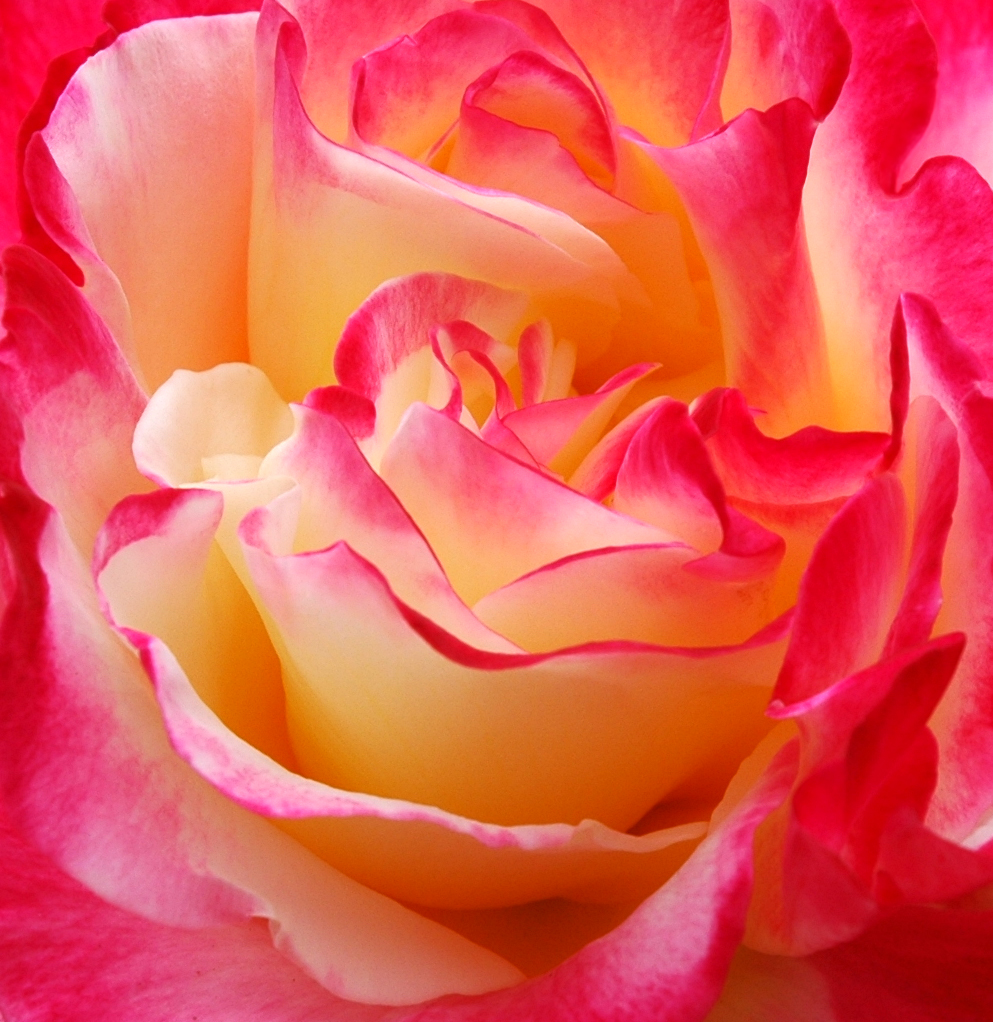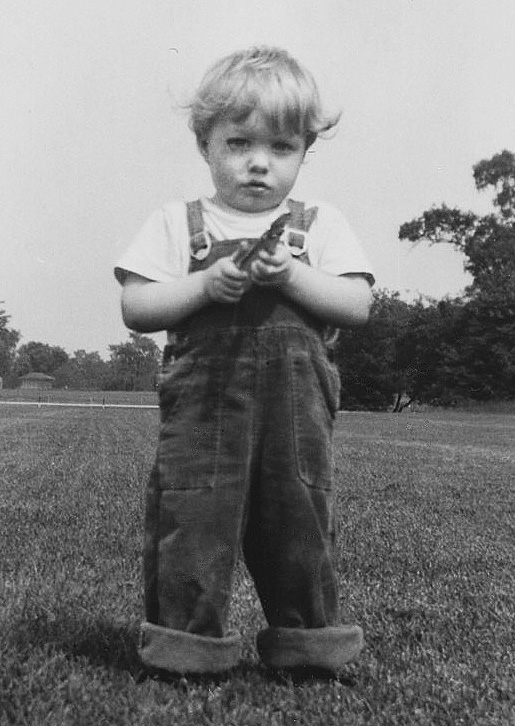Both of my parents were in the Army during World War II, and when I was a toddler we lived in a Quonset hut—university housing for ex-servicemen and women going to college on the G. I. Bill. One day when I was two and a half, I was pushing my six-month-old brother around in his stroller while my mother was busy in the next room. The way she always told it, she could hear us laughing and shouting with high spirits. Then suddenly she heard a scream and came running—and found the stroller overturned and my brother lying with his cheek against the small floor heater. He’d suffered a third-degree burn, it turned out, and had to have plastic surgery—then and again when he was two and a half.
The second time around, the doctors cut a square patch of skin from his belly and grafted it onto his cheek, which left him with a brown scar covering the side of his face and a flap of skin over the corner of his eye that pulled it down. My parents were only allowed to observe him through a window during visiting hours. His screams were more than my mother could bear. She walked out the first time and never went back, leaving my father to make trips to the hospital alone. The doctors said my brother tore at his bandages, disturbing the graft—so they didn’t get the results they’d hoped for. When my parents finally took him home, he wouldn’t let anyone hold him but my father and, sadly, he’d lost all the speech he’d learned.
Though I have no memory of the accident, I was told from as far back as I can remember that I left the stroller by the heater—may have even overturned it, playing too rambunctiously—and forever after that, I felt responsible for my brother’s burn.
The lesson I absorbed from this experience was that even my most unwitting mistake could have catastrophic and irreversible consequences. It wasn’t until well into my adulthood that I learned there was more to the story.

